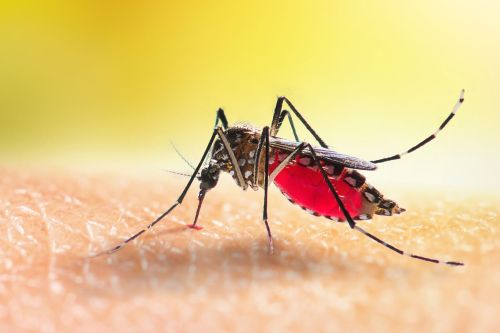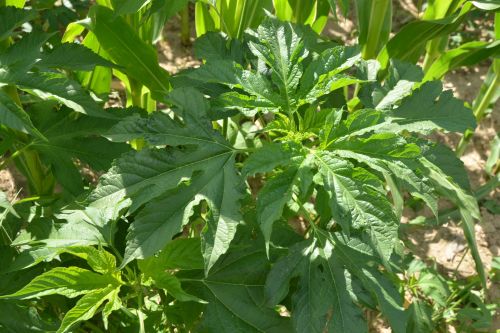
Invasive species and diseases that acclimatise
At this year's Paris International Agricultural Show, we have chosen to highlight examples of the harmful consequences of changing ecosystems and climate disruption, whether this concerns the proliferation of insects and other vectors that promote the spread of diseases, such as ticks and mosquitoes, or the establishment of emerging or invasive species that threaten crops, forests and gardens. This special close-up tells you all you need to know about these species, the associated diseases and our work to address these health issues.
What are vectors and vector-borne diseases?

Dengue fever, Lyme disease, epizootic haemorrhagic disease, West Nile, Xylella Fastidiosa... What are the mosquitoes, ticks and other vectors behind these diseases affecting humans, animals and plants? There is usually no vaccine nor any specific treatment against the pathogens responsible for these vector-borne diseases, and the main solution to managing them is therefore to control the arthropods that carry them.
Learn all about vectors and the issues associated with their control.
Podcast "Des maladies qui s'acclimatent ?" (in French)
To find out more about the vector-borne diseases that affect animals and humans, and how to combat them more effectively, listen to our Zootopique podcast: Diseases that acclimatise, with Stephan Zientara, veterinarian and virologist, and Eric Cardinale, veterinarian specialising in microbiology and epidemiology.
Plant pests
Some insects and parasites feed on plants and can be harmful to their health. Insects such as the Japanese beetle, oriental fruit fly and processionary caterpillars are invading several regions of France, weakening crops and other plants. Monitoring is key to detecting their presence as early as possible and adapting prevention and control measures.
Learn more about these insects and their impact on plant health. (in French)
Invasive plants

So-called invasive plants are capable of rapid expansion outside their areas of origin, and can form very dense local populations. They can have a harmful impact on the environment, crops and biodiversity, and may even pose a risk to human health. Examples include ragweed, Japanese hops and giant hogweed.
Find out more about invasive plants. (in French)
Focus on bee health
Bees and other pollinating insects are essential to biodiversity and food production. They are particularly sensitive to human activity and ecosystem disruption. The decline in bee colonies is due to multiple factors, with the main threats including the arrival of new predators such as the Asian hornet, exposure to chemicals and the reduction in biodiversity. Find out more about our work on bee health.
Biocides and plant protection products
To combat certain species, we use chemicals known as "biocides” (insecticides, repellents, etc.) which can be toxic to health and the environment.
Why and how can we limit the use of these products?
> Read our article on biocides.
Plant protection products, commonly known as pesticides, are preparations designed to protect plants and crops. Before they can be placed on the market, they are subject to an authorisation application based on a scientific assessment.
> Everything you need to know about how these products are regulated and ANSES’s role in the regulation process